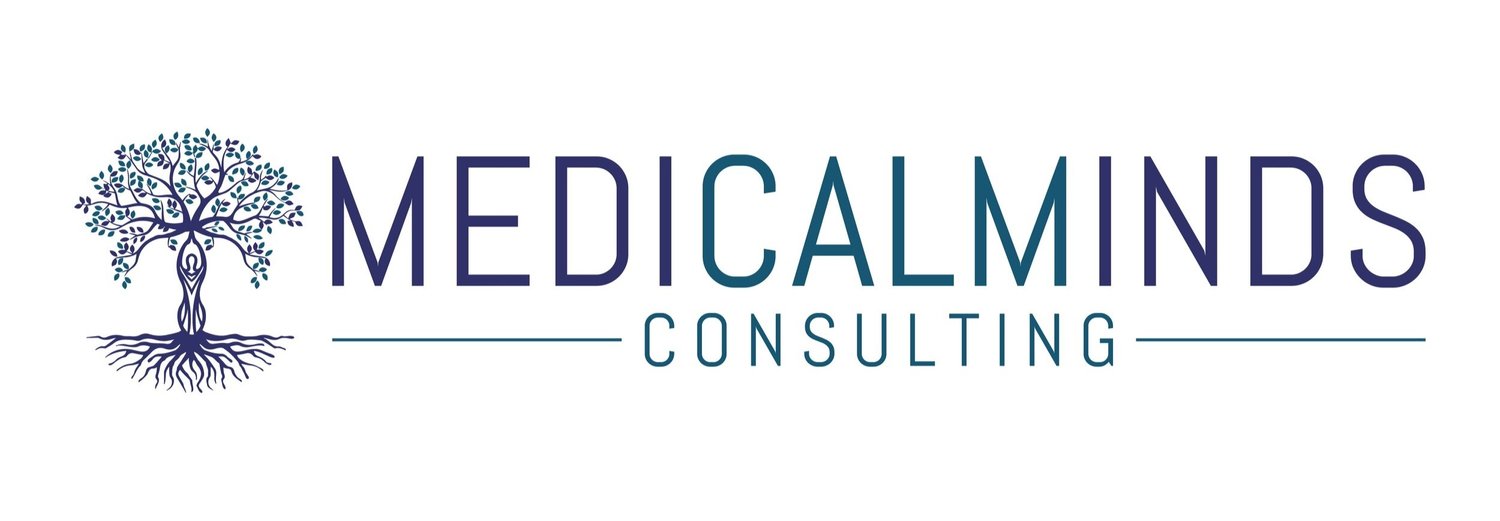Six Key Influencers of Performance in Your Life: A Comprehensive Guide
Recently, I gave a talk at a pre-meeting for the OTA (Orthopedic Trauma Association). The talk was about identifying barriers and challenges to the leadership efforts of orthopedic surgeons.
But the talk is much broader than that since we are all leaders in our own lives. We are either leading those lives actively and with intention or not.
In the beginning is awareness. Awareness is at the root of all intentional efforts we take to improve our lives.
Without awareness, we are stumbling around in the dark, wondering why we either get lost or keep bumping into things. Therefore, I encourage you to peruse this text and contemplate the potential awareness you can acquire.
In medical school and training, there is a notable absence of formal instruction on leadership unless we intentionally seek out mentors or courses. Leadership roles are typically bestowed as part of the progression through the training hierarchy. We then learn to emulate or avoid the leadership styles that we observe. This scenario is frequently replicated in professional work settings as well.
Here is a framework to consider potential challenges and barriers you might face. It was part of my training at iPEC (Institute for Professional Excellence in Coaching.) It will also highlight assets to leverage to enhance your performance and allow you to evaluate how stress can cause it to decline.
The framework includes six areas of life to consider. Four are Internal: Philosophical, Mental, Emotional, and Physical. The last two are external: Social and Environmental.
These influencers can either enhance performance or undermine it. The nature of their impact can vary from person to person and even from situation to situation.
The philosophical influencer is at the heart of what motivates and inspires, so these factors will significantly impact efficacy. When a particular situation or activity is out of alignment with your philosophical beliefs, that may cause a lot of stress and disruption.
It involves your sense of purpose for doing what you do. Your mission and your vision for how you will do it. The particular set of values that drive your behavior. And the goals you pursue, whether you set them yourself or they were set for you.
Conflicts in these areas can be internal when two or more of your values seem to be in conflict. For example, if you aim to excel at work but also value quality time with your family. Alternatively, they can be external when you feel compelled by your job or position to engage in actions that are at odds with your values.
For instance, did you have to finish up quickly with a patient, forgoing your usual thoroughness in explanation because there was an emergency (in line with your values) or because your system is forcing you to see more patients in less time or you won’t get your bonus (out of alignment or conflicting values)?
The Mental influencer refers to how the brain functions at any given moment. It includes your mental clarity. How focused you are at the moment. Your level of interest in the current task or subject. And whether there is the right amount of challenge to engage your interest without frustrating you.
Experiencing conflicting demands can significantly reduce your focus. Multitasking involves constantly shifting between tasks, leading to a decreased concentration on the present task at hand. Often, this results in tasks taking more time to complete and executed less effectively.
For Instance, when you’re in a challenging part of the case and the staff asks detailed questions about the next one. Or if you keep getting interrupted while trying to complete a task, which is why many hospitals now have policies of not interrupting the nursing staff while they are drawing up medications to reduce errors.
The emotional influencer refers to your current moods and feelings. Your awareness of these emotions. The appropriate expression of your emotions. It incorporates emotional agility, which is your ability to respond rather than react. Things that detract from performance include when you’re currently experiencing a trigger or are emotionally attached to the outcome.
For instance, when a case doesn't conclude as swiftly or successfully as anticipated, it can trigger concerns about arriving late for clinic, leading to stress.
The physical influencer refers to your current physical state. When you feel physically strong, you have the best chance of operating at your best, pun intended. This includes your hydration, nutrition, and sleep status. Whether you suffer from chronic conditions or get routine exercise. When dealing with an illness or injury it is going to be more difficult to perform at your best. It’s challenging to lead when you’re battling a virus or didn’t get any sleep last night.
Social influencers are those related to society and the people around you. It refers to your co-workers, current work culture, and the support systems you have available both professionally and personally.
Do you have the right amount of social activities to meet your needs? Do you trust the people you work with? Is there a work culture of negativity or cynicism? For example, if you walk into your surgery room and find instead of your usual team, who know what you like/want/need you have new people. Personal introversion or extroversion will also have an impact.
Environmental factors are those tangible elements in your surroundings that affect your performance. These can include the physical plant, the available equipment, the EMR, and your relationship to it. It can even involve what kind of traffic you experienced on the way to work, the current noise level, or the time of day. For instance, if your usual equipment isn’t available when needed or isn’t clean.
Some additional thoughts: everything is interrelated–so each of these factors can affect others. Influencers can also be acute or chronic. The chronic ones may be harder to spot because you’ve gotten used to tolerating them.
Here’s how I noticed the influencers affecting me while I prepared the talk.
I was procrastinating, a common behavior since I was a kid. That means the philosophical influencer was detracting from my energy. So I reminded myself why I was doing the talk and how it was in line with my values and goals to motivate forward progress on it.
I felt overwhelmed since there was so much to do: in addition to the content, I had to make slide templates and then the actual slides. Then, I would have to practice the talk. This was the mental influencer at work. I reminded myself that I only can do one thing right now. So I chose the thing and got moving.
I also was feeling cranky, because I don’t enjoy giving talks. Hello, emotional influencer. Once again, connecting to my reasons for doing the talk lifted my mood.
I chose to work on the task in the morning when I felt most awake and energized to use the physical influencer in my favor. I adjusted my chair height, and put on some music to leverage the environmental influence.
Finally, I reminded myself that I had good friends who were part of the meeting who would encourage and support me. Also, I wanted to come through it for them, so the social influencer assisted my efforts.
Now it’s your turn. Here’s a thought exercise to pull these ideas together.
Consider a recent challenge that you experienced. Which influencers enhanced or were optimal for your performance? Which ones detracted from your efforts? How can you anticipate that in the future to leverage the ones that help you create the performance you desire?



























